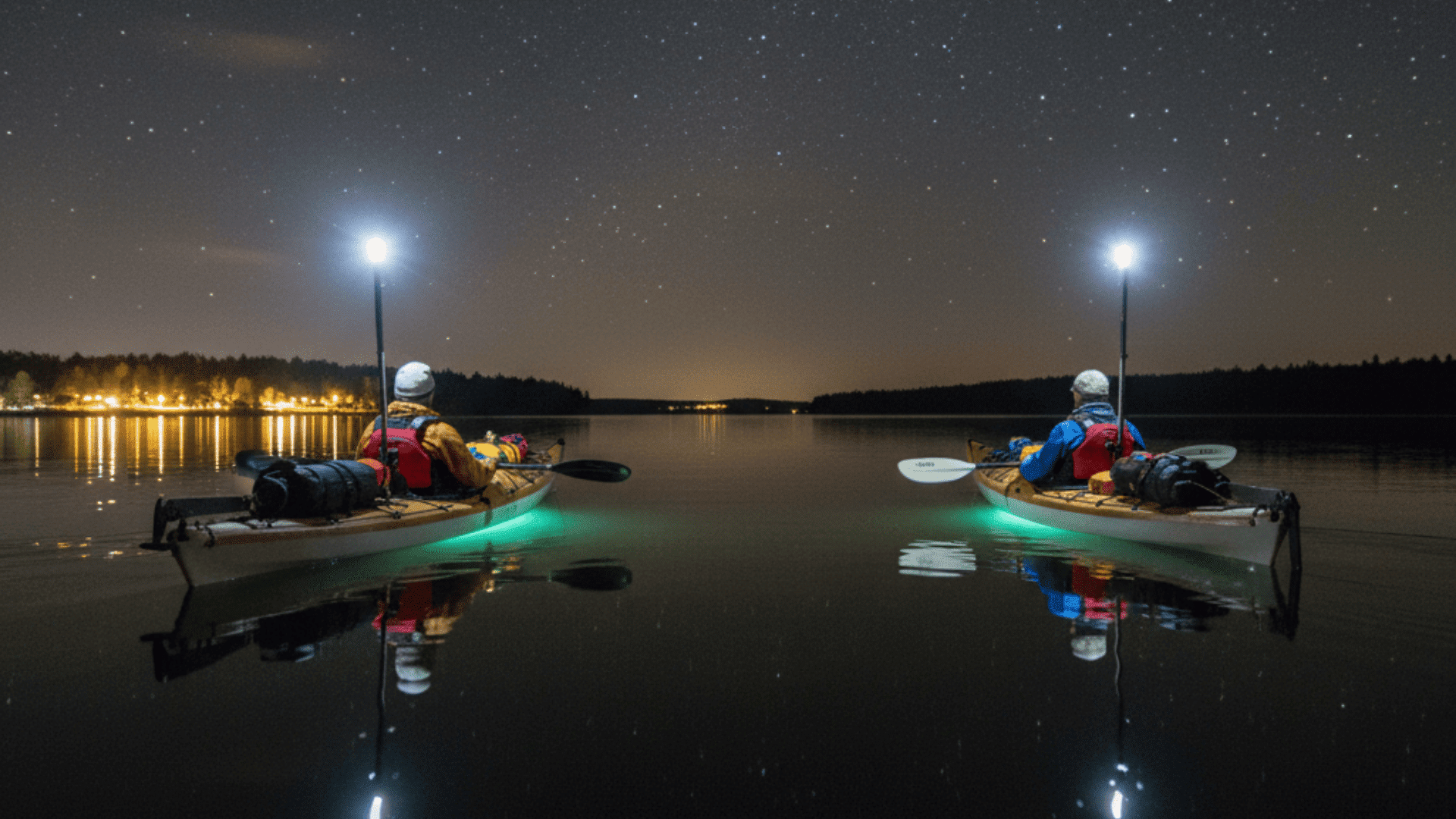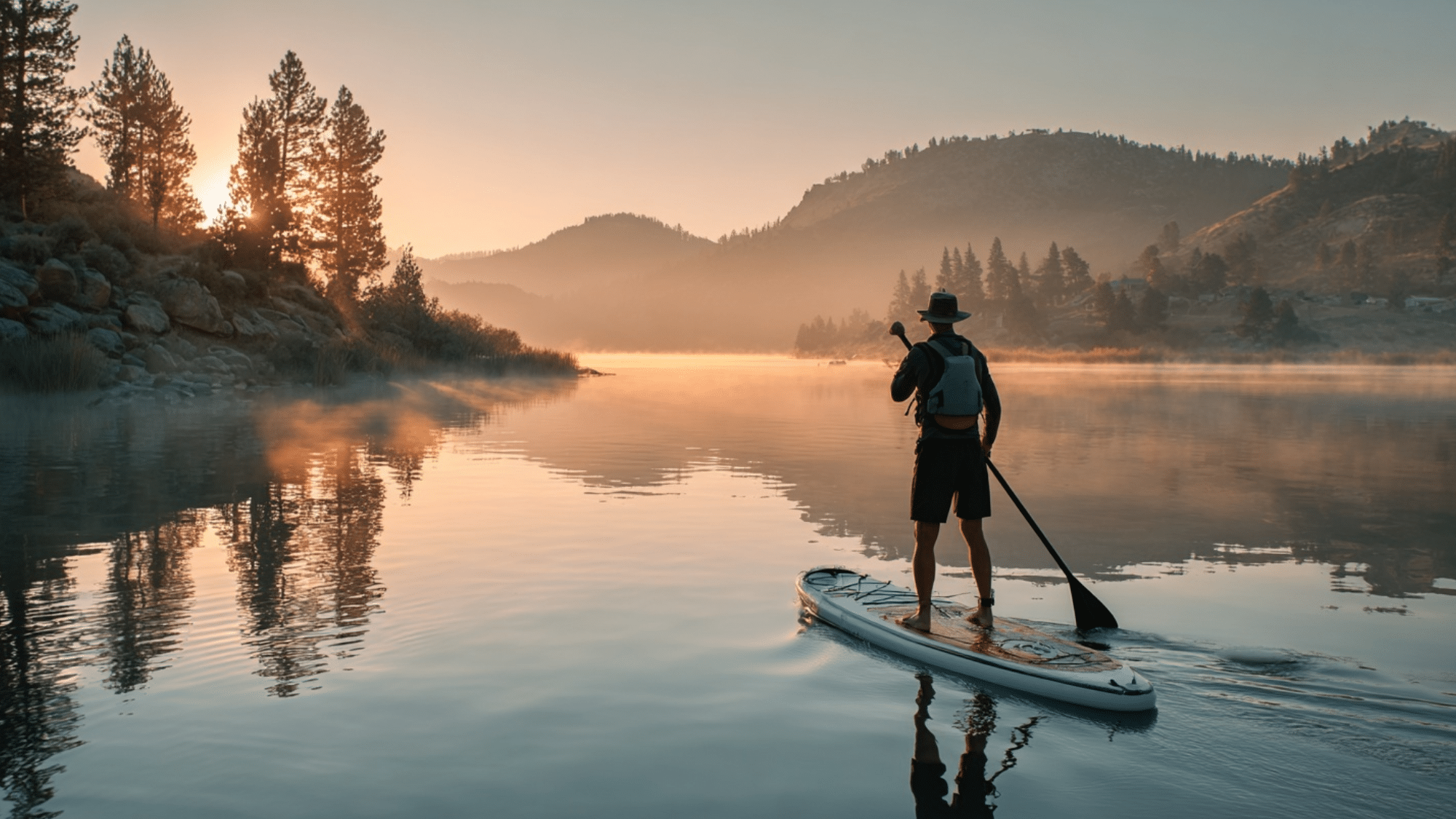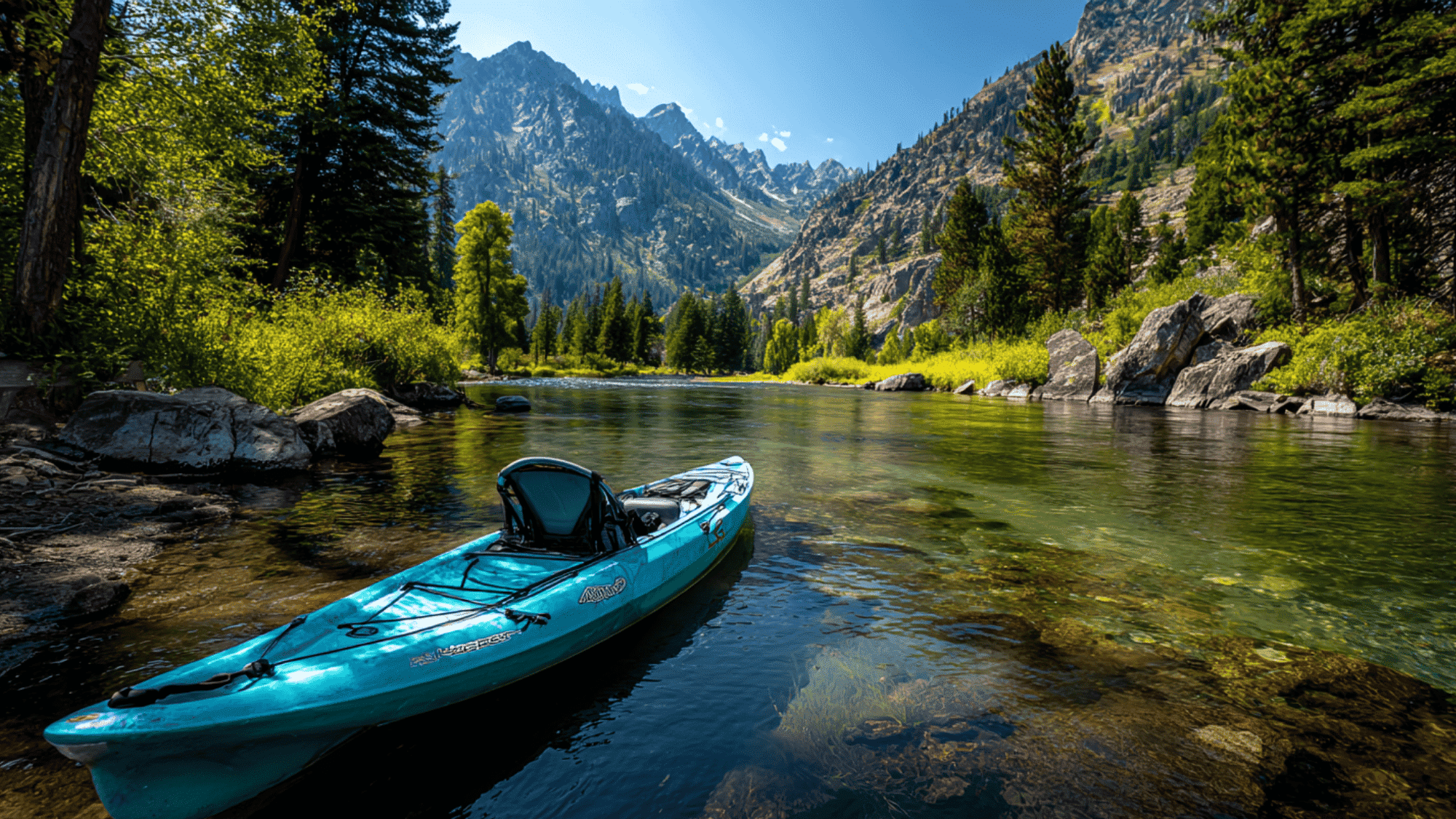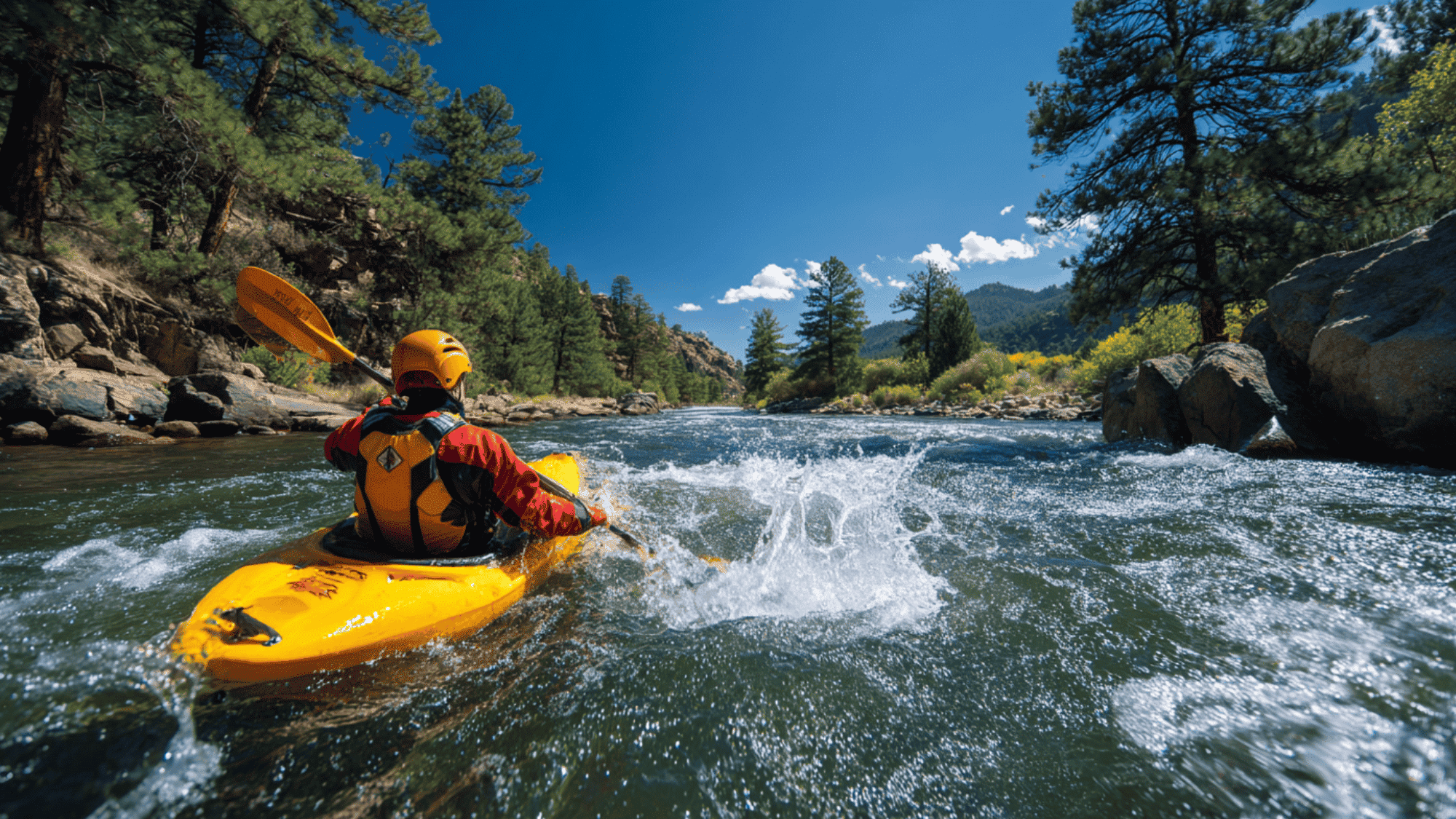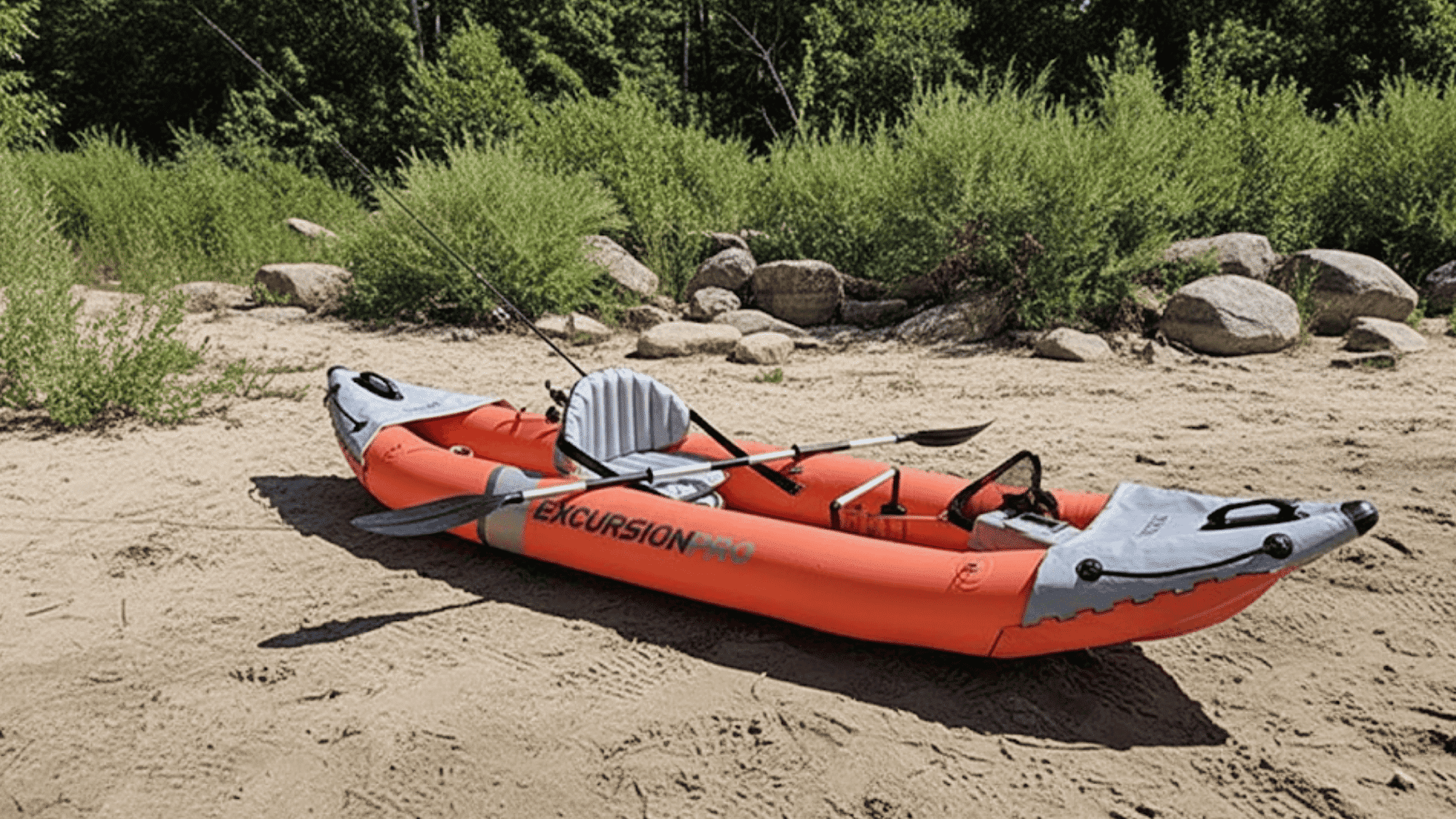You see those bright yellow and red kayaks at every big-box store, but are Pelican kayaks actually any good?
After digging through hundreds of genuine user reviews and expert tests, I found the truth isn’t as simple as “cheap equals bad.”
Pelican has quietly built a reputation for crafting stable, durable boats that beginners can handle without breaking the bank.
But there are some serious trade-offs you need to know about.
If you’re eyeing the popular Pelican Catch Classic 100 or want honest Pelican kayak reviews, this guide cuts through the marketing fluff to give you the real story.
My Quick Verdict
Overall reputation: Pelican is known for budget-friendly, ultra-stable recreational and fishing kayaks. They work well for beginners, casual paddlers, and weekend anglers who want value and easy handling more than speed.
Build quality: Their RAM-X material is rugged and impact-resistant. It trades some weight and speed for affordability and long-lasting durability.
Where they struggle:Tracking and speed are average at best. Seats on entry models are basic, which is fine for short trips but not for long days on the water.
Warranty protection: First-quality Pelican hulls come with a limited lifetime hull warranty, as outlined in their current policy.
| Top choice: The Pelican Catch Classic 100 stands out as a solid, budget sit-on-top with a real seat, high stability, and a 350-lb capacity. It works well for smaller paddlers or those with limited storage space. |
How I Built This Review
I checked specs and features from multiple expert sources and specialist outlets. This includes Kayak Guru, Kayak Addicts, Kayak Help, and Paddling Magazine.
Then I compared that info to user reviews and hands-on reports from kayak publications.
This approach provides a clear picture of overall quality and reputation, rather than relying solely on marketing hype.
Why Pelican Stands Out

Pelican focuses on stable, forgiving boats that new paddlers can handle easily.
Their RAM-X plastic construction handles impacts well while keeping costs low. They back first-quality hulls with a limited lifetime warranty.
User feedback reveals a consistent pattern: people praise the stability and fair pricing, but mention issues with tracking and basic seats on entry-level models.
The brand has carved out a clear niche in budget-friendly recreational kayaks that prioritize stability over speed.
This approach works well for weekend paddlers and beginners who want reliable performance without premium prices.
Pros and Cons at A Glance
Here’s the honest breakdown of what Pelican kayaks do well and where they fall short. When you’re spending your hard-earned money, you deserve to know both sides of the story.
| What Works | What Doesn’t |
|---|---|
| High stability makes them confidence-building for beginners | Tracking performance is average compared to pricier brands |
| RAM-X material resists impacts and scratches well | Heavier than premium materials like thermoformed plastic |
| Fair pricing for the build quality you get | Basic seat comfort on entry-level models |
| Limited lifetime hull warranty on first-quality models | Speed is limited due to hull design priorities |
| Wide selection of recreational and fishing models | Not ideal for long-distance or coastal paddling |
| Easy to find parts and accessories | Fewer premium features compared to higher-end brands |
The trade-offs make sense when you consider the target market. Pelican prioritizes stability and affordability over speed and advanced features.
The Pelican Sit-On-Top Kayak Experience
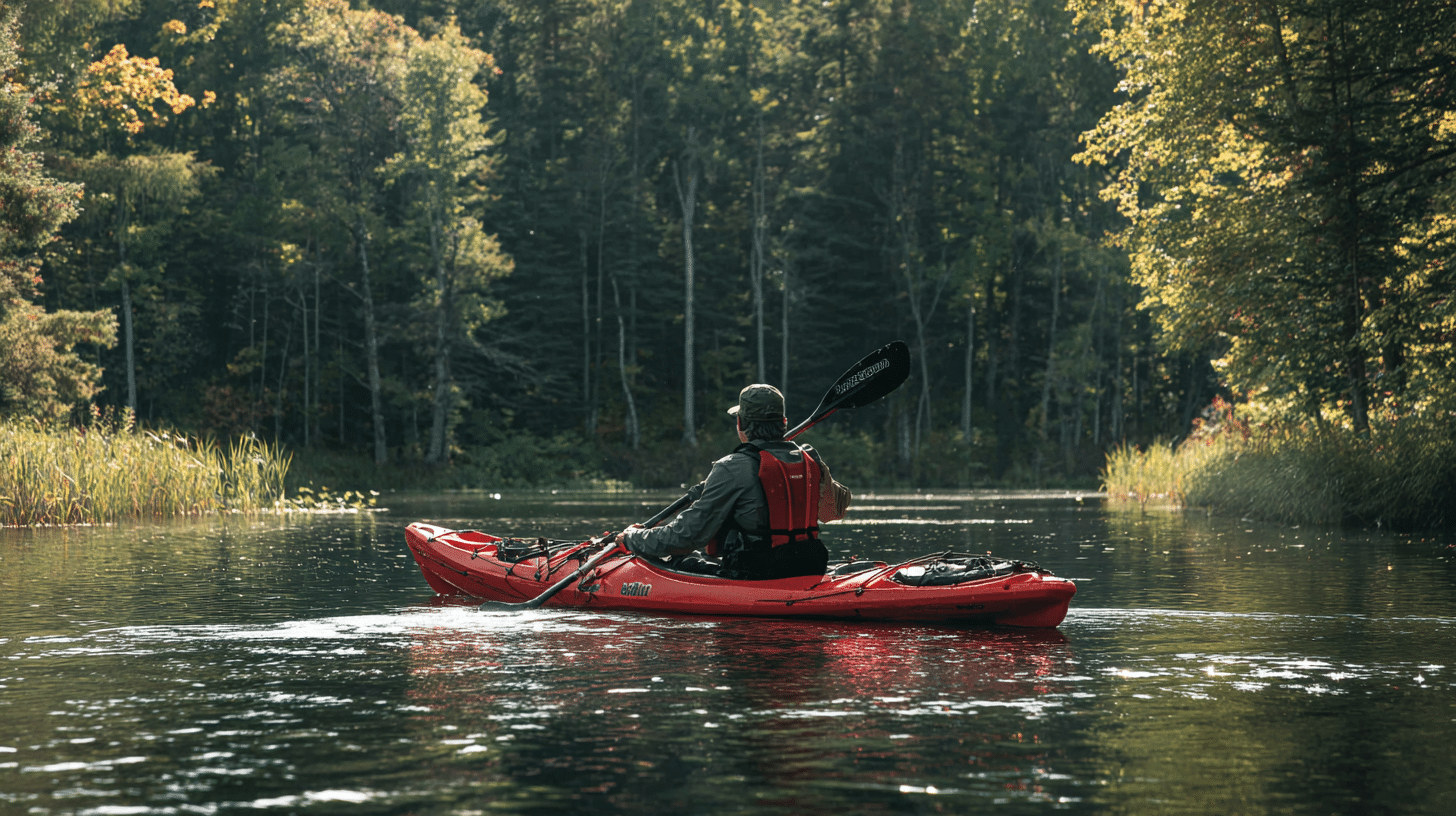
Looking at a pelican sitting on top of a kayak for lakes, slow rivers, or protected bays? You can expect a confidence-building platform that prioritizes stability and reliability.
Sit-on-tops offer scupper drainage and easier re-entry if you flip.
Pelican adds extra hull flotation that meets or exceeds safety standards, which is a nice touch for families and new paddlers.
On the water, these boats feel stable and easy to turn, rather than fast. That makes them perfect for taking photos, fishing, or paddling with kids.
But they won’t keep pace with long touring kayaks, and windy days will test their tracking ability like most short sit-on-tops in this price range.
Pelican Catch Classic 100 Close-Up Review
If you’re researching the Pelican Catch Classic 100, here’s what real users and experts say about this popular fishing kayak.
What People Love About It
The stability-first hull design lets many paddlers stand up to cast, which helps when you’re learning boat control while fishing.
The Ergocast Classic dual-position seat is a real frame seat, not just a thin pad. This makes longer fishing sessions much more comfortable at this price point.
At 10 feet long and roughly 58 pounds, it’s compact and manageable. The 350-lb capacity handles most paddlers plus their gear. It’s also easier to store and load on your car than longer kayaks.
The price typically ranges from $450 to $600 at major retailers, especially during sales periods.
Trade-Offs You Should Know
This isn’t built for speed. The shorter length means a modest cruising pace and average tracking. That works fine for small lakes but isn’t ideal for long tidal runs.
Pelican designed this for smaller to average-sized anglers. If you’re taller, heavier, or carry lots of gear, you might want more length and capacity.
Standard features include: Accessory tracks, rod holders, bow storage, and a tankwell for a crate. Some retailers also sell an “NXT” version with bundled accessories, so check the exact model number.
Pelican vs. Other Kayak Brands
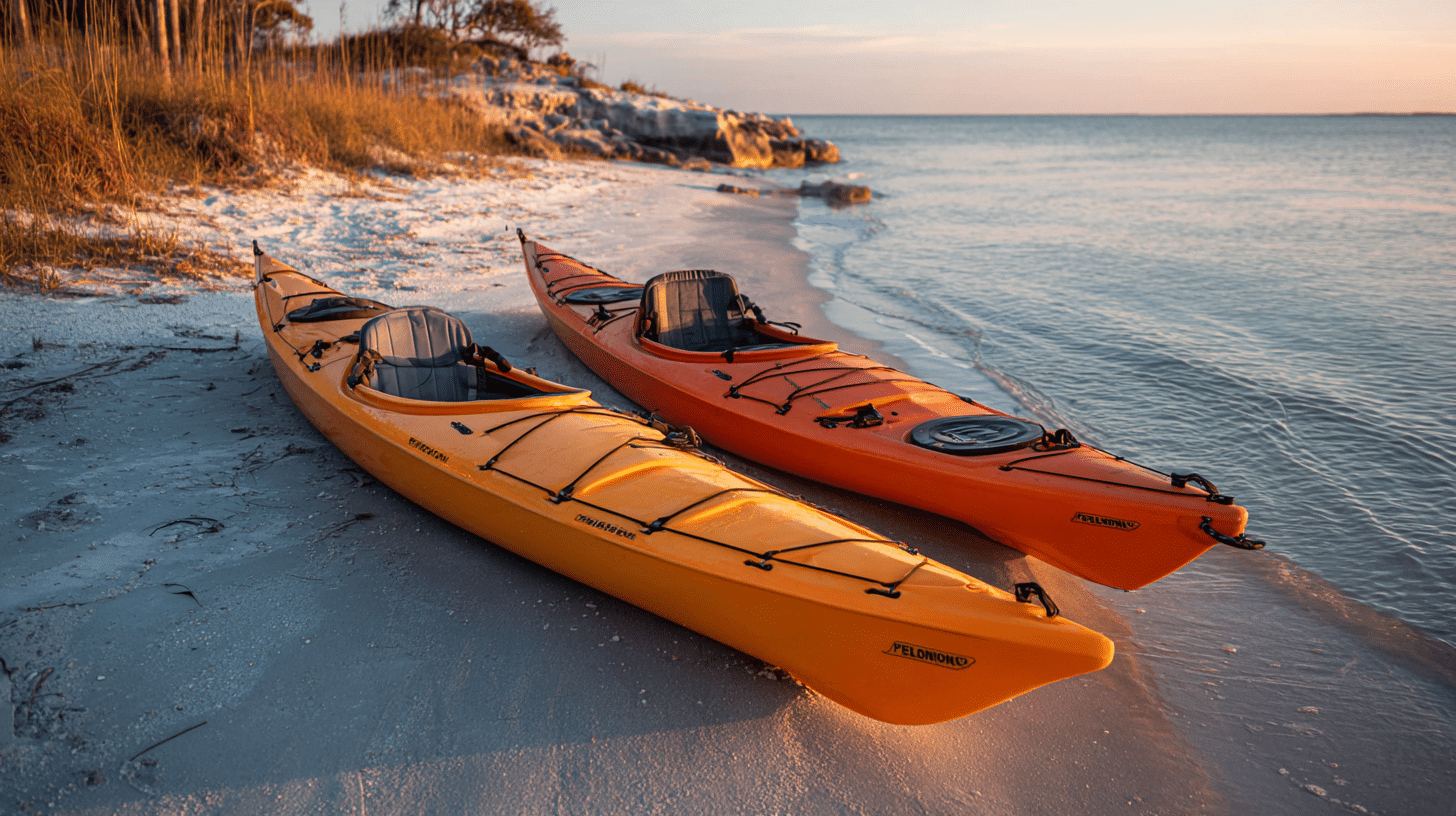
Choose Pelican when you want maximum stability for your dollar, if you’re relaxing on the water for paddling or fishing.
They’re also suitable for simple transport and storage, especially the shorter models.
If you need a safe, forgiving first kayak that won’t break your budget, Pelican makes sense. Consider other brands if you require speed and efficiency for long distances or rough coastal conditions.
Also consider alternatives if you want premium features, such as ultra-plush seats or advanced hatchbacks, right from the start.
Bigger anglers who carry lots of gear might prefer longer, wider boats from other manufacturers.
Smart Buying Tips
Try to sit in and lift the kayak in person before making a purchase. The right seat height and carry weight matter more than any spec sheet can tell you.
Plan to upgrade your paddle and life jacket. A better paddle often improves your time on the water more than minor differences between kayak hulls.
Match your boat choice to your local waters. Short sit-on-tops are ideal for small lakes and slow-moving rivers. For coastal paddling with currents, look at longer models.
Double-check the current warranty terms and retailer support before you purchase. Policies can vary by model, and if you’re buying “first-quality” or “second-quality” boats.
Bottom Line on Pelican Kayaks
Here’s the bottom line after testing the claims against honest user feedback: Pelican delivers precisely what they promise.
You get stable, rigid boats that won’t bankrupt you, with the understanding that you’re trading speed and premium comfort for affordability and reliability.
The Pelican Catch Classic 100 represents this philosophy perfectly – it’s a solid fishing platform that does its job well within precise limits.
These kayaks are well-suited for weekend warriors, families, and anyone who wants to get on the water without complicated decisions or significant expenses.
The key is matching realistic expectations to what Pelican actually offers rather than expecting premium performance at budget prices.
Ready to get on the water? Check with local dealers for hands-on testing before making a purchase.





